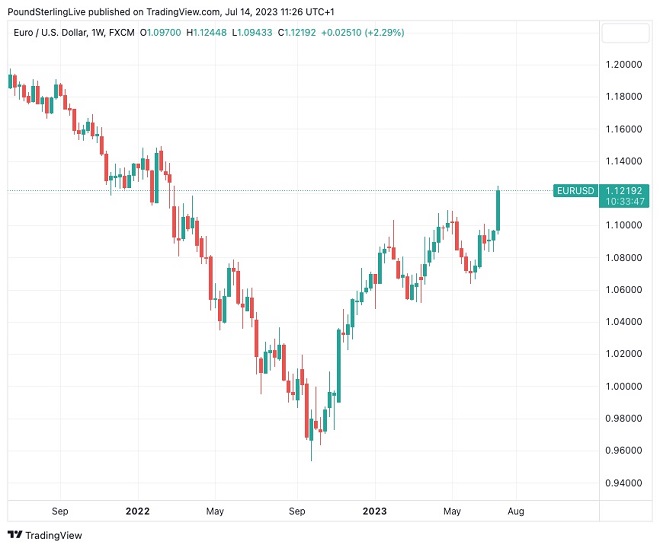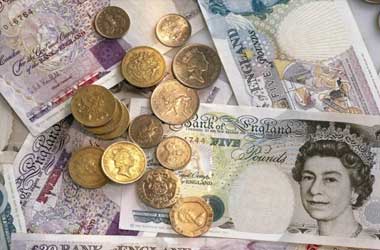 The US dollar experienced a significant decline against major currencies on Thursday, continuing its downward trajectory. This drop was prompted by additional US data that further supported the belief that the Federal Reserve (Fed) may be nearing the conclusion of its tightening campaign sooner than previously anticipated.
The US dollar experienced a significant decline against major currencies on Thursday, continuing its downward trajectory. This drop was prompted by additional US data that further supported the belief that the Federal Reserve (Fed) may be nearing the conclusion of its tightening campaign sooner than previously anticipated.
Following Wednesday’s release of US Consumer Price Index (CPI) data, the Producer Price Index (PPI) report for June revealed minimal growth in producer prices, causing the headline rate to decrease from 0.9% in May to 0.1% year-on-year. While the nearly stagnant headline figure can be attributed in large part to the negative year-on-year change in oil prices, the underlying rate, which excludes food, energy, and transportation, also declined from 2.8% to 2.6% year-on-year.
Simultaneously, the Labor Department unexpectedly reported a 12,000 decrease in initial claims for unemployment benefits last week. This news initially elicited a brief positive response in the US dollar but was overshadowed as investors fully absorbed the PPI data, resulting in a substantial sell-off of the currency.
Market participants further adjusted their Federal Reserve interest rate expectations, leading to a decline in US Treasury yields. These adjustments reflected the belief that only one additional quarter-point rate hike may be necessary, although 150 basis points of rate reductions by the end of 2024 are being anticipated if a July hike occurs.

Market Repricing and Implications for Global Currencies
The recent repricing of the market’s implied Federal Reserve rate path has allowed currencies tied to central banks that are expected to continue tightening this year, without implementing significant rate reductions thereafter, to resume an upward trajectory against the US dollar. Notably, the euro and the pound have experienced this trend, with expectations diverging between the Bank of England (BoE) and the Federal Reserve, as the BoE is projected to deliver approximately 115 basis points of additional hikes.
However, the currencies that demonstrated the most substantial gains on the previous day were the risk-linked Australian dollar (aussie) and the New Zealand dollar (kiwi). This occurred despite market expectations of only one more 25 basis points hike by the Reserve Bank of Australia (RBA) and no hikes by the Reserve Bank of New Zealand (RBNZ). These currencies appear to be benefiting from a broader increase in risk appetite, stimulated by positive US inflation data, which has contributed to the continuation of an upward trend in equities.
Additionally, it was announced during the Asian morning today that Treasurer Jim Chalmers and Prime Minister Anthony Albanese have appointed Michele Bullock as the new Governor of the Reserve Bank of Australia (RBA) for the next seven years. Bullock will officially assume the role when the term of the current Governor, Lowe, concludes in September.




